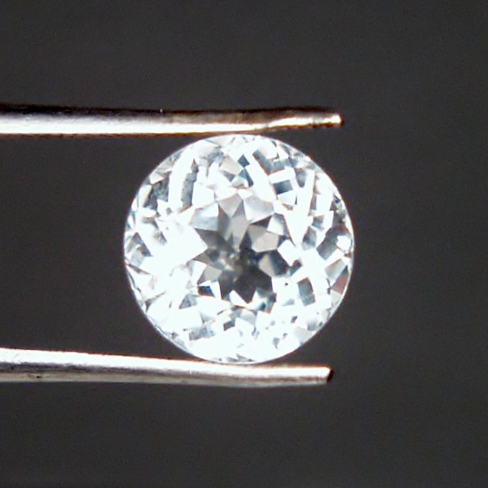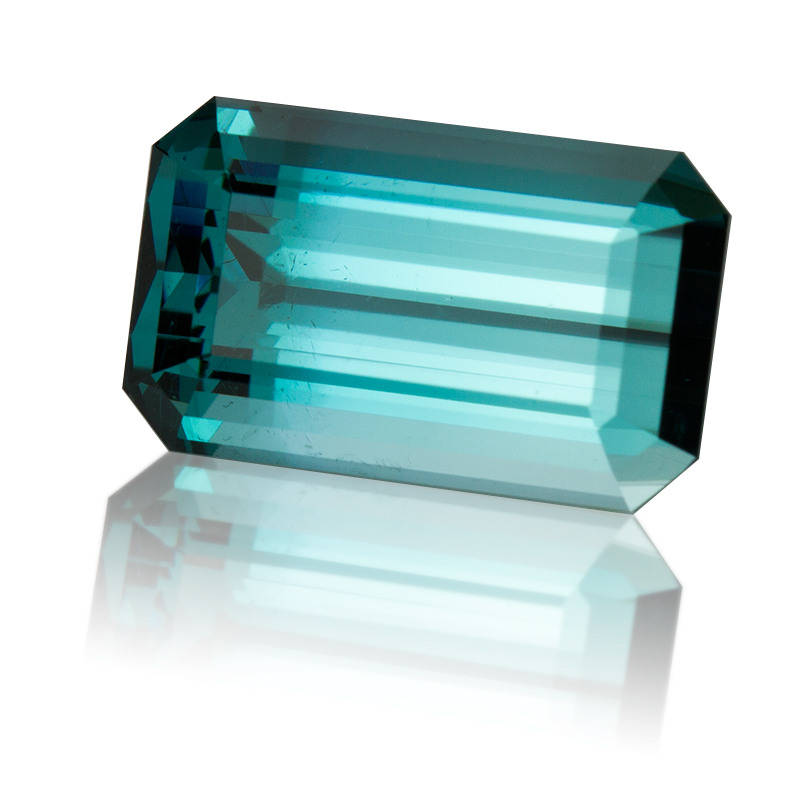You lucky October babies not only get Opal as your birthstone but also Tourmaline
Tourmaline is one of those gemstones that has loads of different varieties. The name comes from the Singhalese word turamali meaning "gem pebbles". I quite like that :-) Why are they called gem pebbles I hear you cry! They're called this because the rocks in which they most often form are not as resistant to weathering as tourmaline is and so they can be found in gravel deposits as little gem pebbles.
So, let's get onto these different varieties. I'm going to introduce you to some of my favourites.
This is a Tourmaline you don't see very often and I have no idea why. It is colourless and known as an Achroite Tourmaline.
Next up is the gorgeous Rubellite Tourmaline ~ just look at that colour! Rubellite Tourmaline shades range from pale pink to shocking red.
This blue Tourmaline is known as Indicolite.
Now this has to be one of my all time favourites! Paraiba Tourmaline is quite new to the gem world. It's neon colour comes from the copper contained within it. Isn't it stunning?
This type of Tourmaline makes me smile every time I see it ~ Watermelon Tourmaline! Yes, this is completely natural and is known as colour-zoning. When these crystals are sliced across, you get a red or pink centre surrounded by a rim of green.









